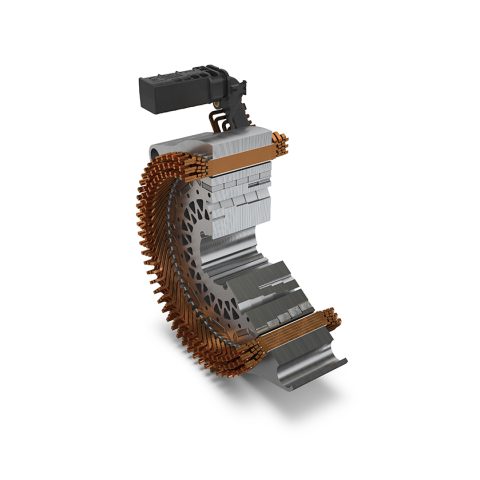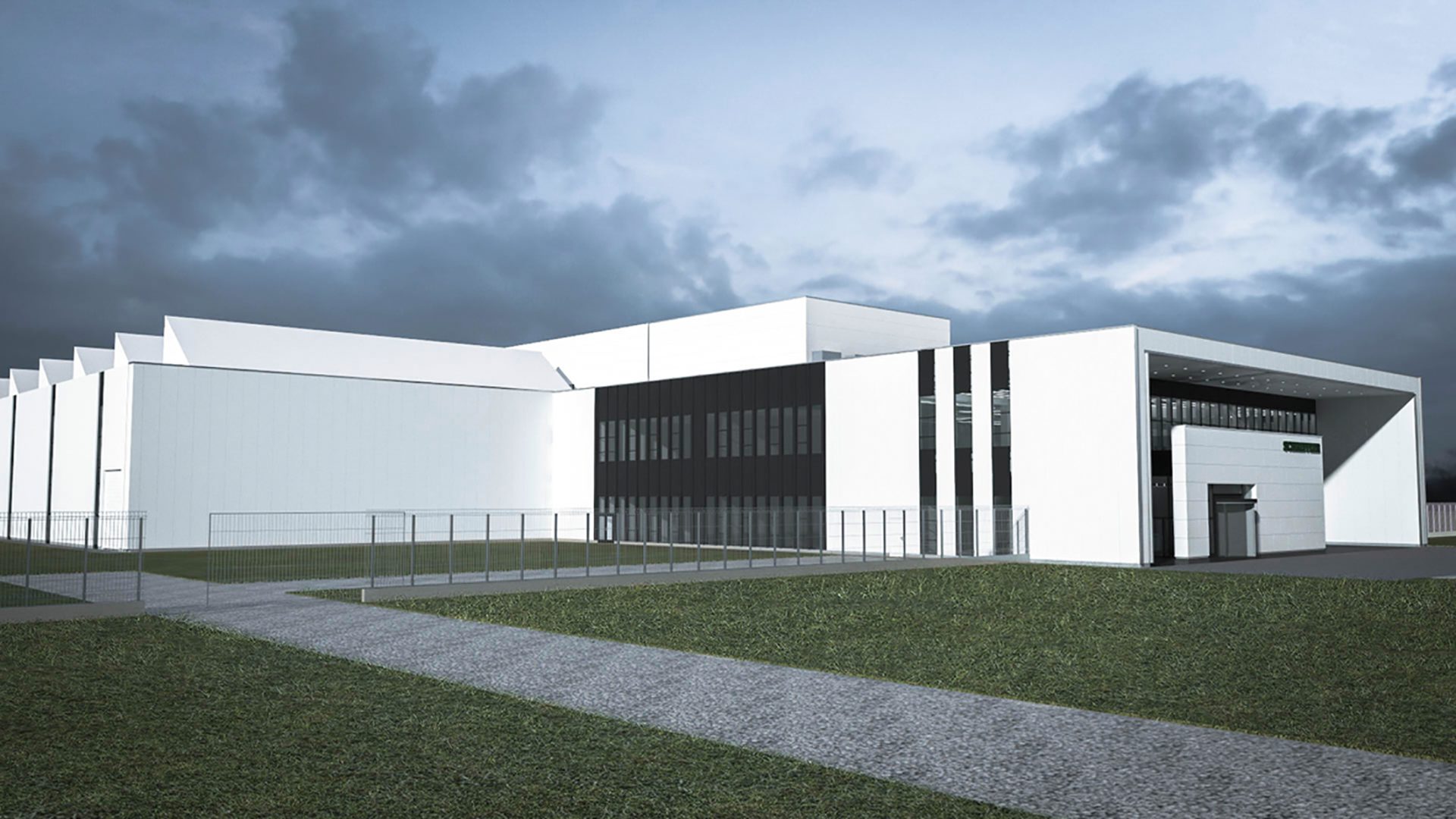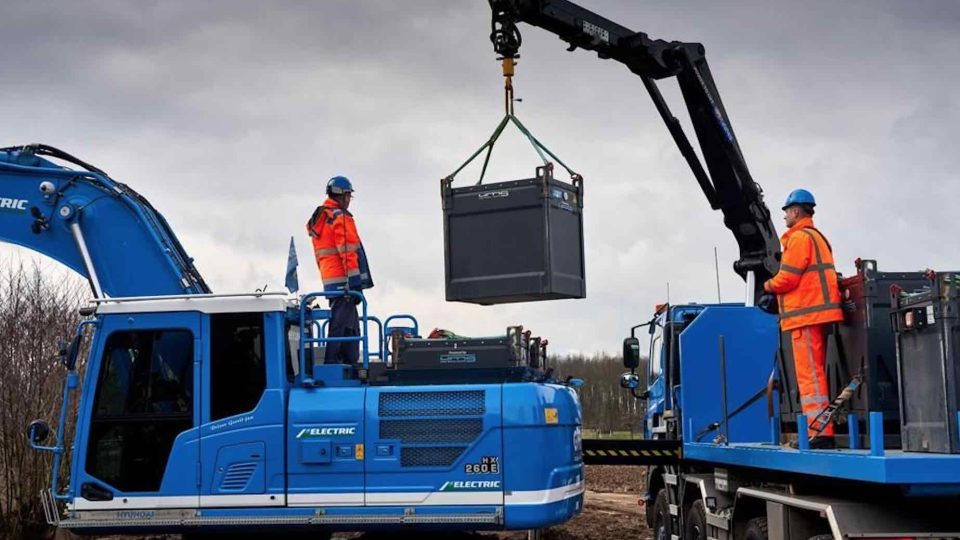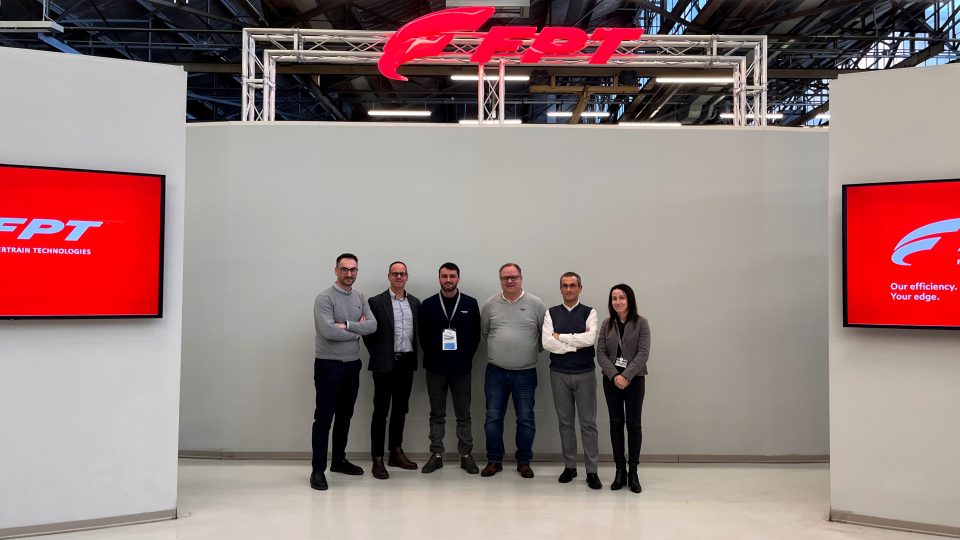Schaeffler inaugurates cutting-edge e-mobility plant in Hungary
Designed as a 'factory for tomorrow', the new Schaeffler site features a high degree of automation, modular production buildings, and end-to-end digitalization. The new factory is supposed to create 150 new jobs and is the first Schaeffler plant fully dedicated to e-mobility.

Schaeffler has opened a new e-mobility production facility at its Szombathely location, in the west of Hungary. The new factory is supposed to create 150 new jobs and is the first Schaeffler plant fully dedicated to e-mobility, that is to say to the design and production of components and systems addressed to electrified powertrains, electric motors and power drives. The second Schaeffler facility in Szombathely relies on 15,000 square meters production area.
«The goal is sustainable mobility»
«Our new facility in Szombathely is a milestone in the transformation of our company and embodies our strategic priorities of innovation, agility and efficiency», said Klaus Rosenfeld, CEO of Schaeffler AG. «The goal is sustainable mobility, and we are determined to make real progress in that direction as a key technology partner for our customers by leveraging our global network of production facilities. The new plant also highlights our ambitions to continue our strong growth in e-mobility».
Designed as a ‘factory for tomorrow’, the new Schaeffler site features a high degree of automation, modular production buildings, and end-to-end digitalization. According to the German company, automated production lines and extensive use of industrial robots guarantee the clean, dust-free environment required by sensitive production processes used for assemblies such as stators and rotors and the integration of magnets for synchronous and asynchronous motors.

Thanks to e-mobility Schaeffler expands its presence in Hungary
Schaeffler expects to increase the facility’s round-the-clock output capacity to 800,000 products a year by 2023, and has further plans to expand its annual output of finished products for premium partners in the auto industry to 1.8 million between 2026 and 2029. The new facility is located about three kilometers from the first one, which opened back in 1996. The new plant’s electricity is supplied by photovoltaic arrays in combination with rooftop solar panels, which together will save up to 4,000 metric tons of CO2 annually. To help conserve natural resources, the plant re-uses treated wastewater and incorporates a rainwater collection basin.









